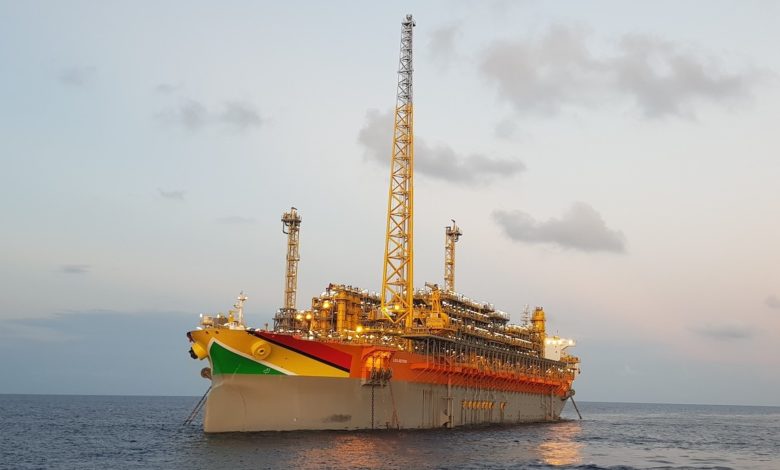Energy News Beat
[[{“value”:”
Two community-based geothermal pilot projects, each led by equity-focused nonprofits, have advanced to the second phase of funding through a U.S. Department of Energy program.
Blacks in Green, a community organization based in Chicago, and Home Energy Efficiency Team, a Boston-based nonprofit dedicated to promoting an equitable transition to clean energy, were included last week in a set of five projects across the country that have been awarded a total of more than $35 million from the DOE’s Geothermal Technologies Office to implement geothermal installations.
The five project teams advancing to the next phase of the DOE project were among a cohort of 11 projects participating in the initial phase of the program, where coalitions selected project sites, assessed geothermal resource and permitting needs, conducted feasibility analysis and local engagement, and identified workforce and training needs. The selected projects’ range of sizes, technologies, and innovations will provide potential templates for other communities considering implementing geothermal systems.
Three of the five projects are located in urban or suburban areas; two are in rural communities. The other three recipients are the city of Ann Arbor, Michigan; the University of Oklahoma, for a project in the town of Shawnee; and GTI Energy, for a project in Hinesburg, Vermont.
Blacks in Green, located in West Woodlawn, a predominantly Black community on Chicago’s South Side, serves as the lead for a coalition which was awarded $9.9 million for its Sustainable Chicago Geothermal pilot. Other coalition partners are the City of Chicago, University of Illinois, The Accelerate Group, Citizens Utility Board, Climate Jobs Illinois, dbHMS, GeoExchange, and Illinois AFL-CIO.
The pilot, also located in West Woodlawn, utilizes alleys to circumvent the need for vast open plots for subterranean loop fields that form the heart of a geothermal array. Locating the bulk of geothermal loop lines in alleyways also sidesteps the underground congestion of existing utility infrastructure typically located underneath city streets.
It’s among an assortment of elements in the Sustainable Square Mile approach that advances BIG’s vision for energy justice through clean energy and microgrid/VPP systems owned and managed by the community, said Naomi Davis, BIG’s founder and CEO.
“BIG launched in 2007 with a goal of increasing household income and community resilience against the harms of climate crisis at neighborhood scale using the new green economy — so we’re grateful for this chance to make it manifest,” Davis said in a news release.
Along with installation of the needed infrastructure within the multiblock footprint, year two of the West Woodlawn project will focus on community outreach and job programs. Once construction is complete, the geothermal system will provide heating and cooling, not to mention lower utility bills, for potentially more than 200 households.
“The Sustainable Chicago Geothermal project will be a transformational investment in the West Woodlawn community. The effort to eliminate harmful emissions from homes and businesses, while lowering energy burden, has proven to be a community-wide challenge, and requires a community-wide solution,” said Andrew Barbeau, president of The Accelerate Group and principal investigator of the Blacks in Green project, in a news release.
The need to reconstruct the alleyways after installation of the geothermal array also presents the opportunity to replace asphalt or concrete with permeable pavers. This would work to promote climate resiliency through mitigation of urban flooding, a persistent occurrence in many of Chicago’s South and West Side communities, said Nuri Madina, the director of Sustainable Square Mile, who serves as point person for the pilot.
“All of our programs are designed to create multiple benefits,” Madina told the Energy News Network in September.
Home Energy Efficiency Team, commonly referred to by the acronym HEET, in partnership with Eversource Energy; the city of Framingham, Massachusetts; and engineering consultant Salas O’Brien; was awarded $7.8 million toward construction of a utility-based,community-scale geothermal system.
“We are honored to receive this funding from the DOE’s Geothermal Technologies Office as part of the Community Geothermal Heating and Cooling initiative, and to show how geothermal energy networks can be interconnected to increase efficiency, build resilience, and decarbonize at the scale and speed we need to achieve our climate goals,” said Zeyneb Magavi, executive director for HEET, in a news release.
The proposed plans by HEET and its partners would connect to the first Framingham geothermal network, which was commissioned earlier this year. Once approved by the state Department of Public Utilities and upon completion, it would represent the first utility-owned community geothermal network to connect to an adjacent operational loop, establishing guidelines for the interconnection and growth of geothermal networks.
“This innovative project not only showcases Framingham’s commitment to sustainable energy solutions but also sets a precedent for other communities across the nation. By harnessing the natural heat from the earth, we are taking a significant step towards reducing our carbon footprint and promoting renewable energy sources. Our collaboration with HEET and Eversource exemplifies the power of partnerships in driving forward clean energy initiatives,” said Framingham Mayor Charlie Sisitsky in a news release.
The HEET-led program operates on the principle that utility-scale geothermal systems could operate on a billing model similar to that of natural gas or electrical utilities, and ultimately replace them, Magavi the Energy News Network in October 2022.
“So instead of feeding natural gas into these buildings, we could feed geothermal water,” Magavi said. “And then we could meter that and sell that. It’s no different than when you pay your water bill.”
“}]]
The post Department of Energy funding to boost community-led geothermal projects appeared first on Energy News Beat.



















